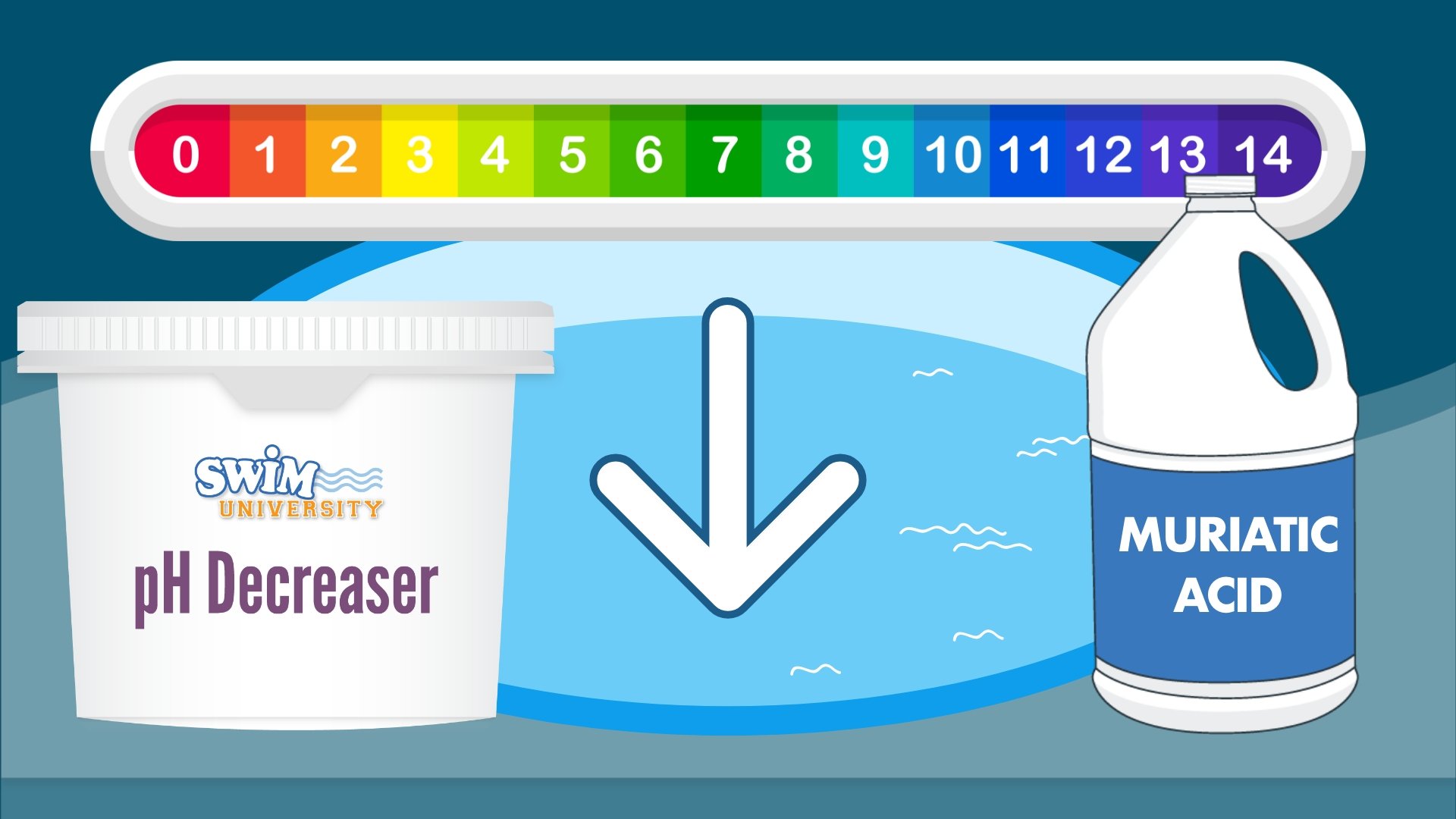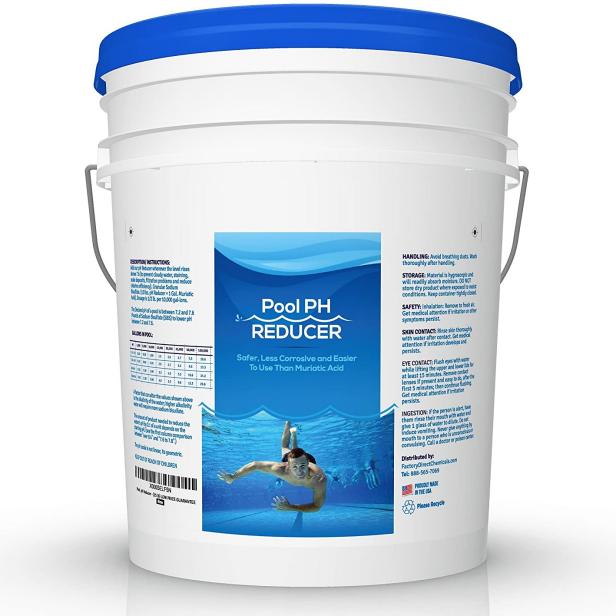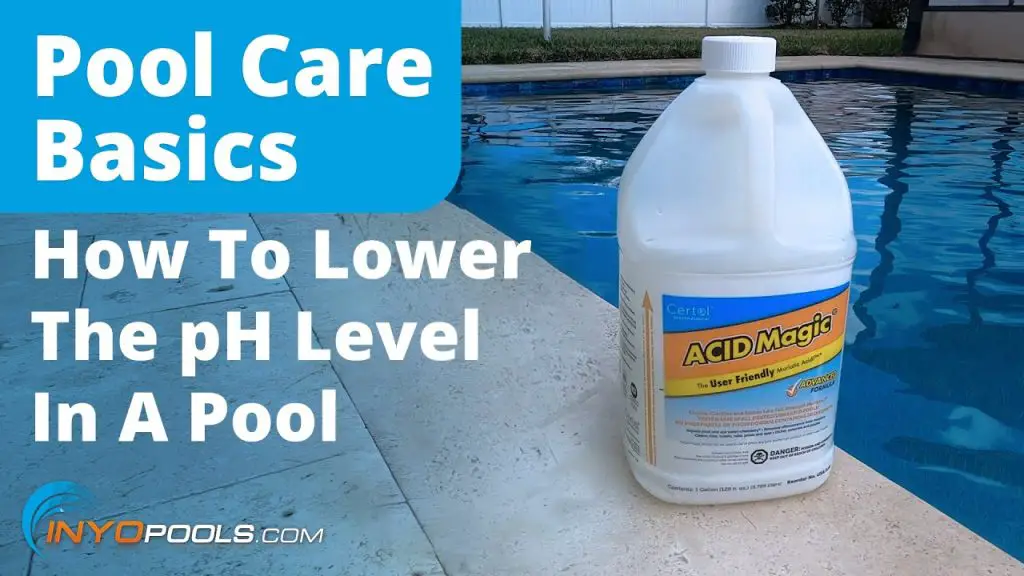Having a properly balanced pool pH is crucial for maintaining crystal clear water and a comfortable swimming environment. If your pool’s pH level is too high, it can lead to various problems, such as cloudy water, scaling on surfaces, and inefficient chlorine disinfection. In this blog post, we will discuss effective methods to lower the pH of your pool and keep it swimming-ready all season long.
The Importance of Maintaining the Right pH Level
The pH scale ranges from 0 to 14, with 7 being considered neutral. For a pool, the ideal pH level is between 7.2 and 7.6. When the pH rises above this range, it becomes alkaline, and when it drops below, it becomes acidic. Maintaining the correct pH is essential for several reasons:
- Ensures effective disinfection: Chlorine is most effective in killing bacteria and other contaminants when the pH is properly balanced.
- Optimizes comfort: A pool with the correct pH level minimizes eye and skin irritation, ensuring a more enjoyable swimming experience.
- Prevents damage to pool equipment: High pH levels can lead to scale formation on pool surfaces and damage to equipment like pumps and filters.
Methods to Lower Pool pH
When faced with a high pH in your pool, you have several options to bring it back into the recommended range. Here are some proven methods:
1. Use Ph Decreaser
A reliable and straightforward method to lower the pH of your pool is by using a pH decreaser, also known as pH minus or pH reducer. These chemicals are available in granular or liquid form and can be easily added to your pool water. Follow the instructions on the product packaging and carefully measure the correct amount based on your pool’s capacity.
2. Add Vinegar
An inexpensive and readily available household item, vinegar, can help lower your pool’s pH level. White vinegar, in particular, works best for this purpose. Start by testing the current pH level of your pool using a testing kit, then add the vinegar gradually, retesting until you achieve the desired pH range.
3. Use Muriatic Acid
Muriatic acid, also known as hydrochloric acid, is a more potent option to lower the pH. It is widely available at pool supply stores. Before adding muriatic acid, make sure to wear protective gloves and goggles, and carefully follow the manufacturer’s instructions. Remember to add the acid incrementally while consistently monitoring and retesting the pH level.
4. Install A Co2 System
A CO2 (carbon dioxide) system is an efficient and automated way to regulate the pH of your pool. This method requires professional installation and can be more costly upfront. However, it offers long-term convenience and accurate pH control, making it a popular choice for larger pools or commercial settings.
Maintaining Optimal pH Levels
Once you have successfully lowered the pH of your pool, it is crucial to maintain the balance to ensure long-term enjoyment and prevent future issues. Here are some tips to help you maintain optimal pH levels:
- Regularly test the pH levels using a reliable pool testing kit, especially after heavy pool usage or after adding chemicals.
- Monitor the total alkalinity (TA) of your pool as well. TA acts as a buffer and influences pH stability. Ideally, it should range between 80 and 120 ppm.
- Keep the pool properly sanitized and ensure the chlorine or other sanitizers are working efficiently.
- Regularly clean and maintain your pool to minimize the introduction of additional contaminants that can affect the pH balance.
- Consider using a pool cover when the pool is not in use to reduce the impact of environmental factors on the water chemistry.

Credit: www.swimuniversity.com

Credit: www.hgtv.com
Conclusion
Properly maintaining the pH level of your pool is essential for a clean, safe, and enjoyable swimming experience. By following the methods and tips outlined in this article, you can easily lower the pH of your pool and maintain it at the optimal range. Remember, always test the water and take necessary precautions when adding chemicals to ensure the perfect balance for your pool.





